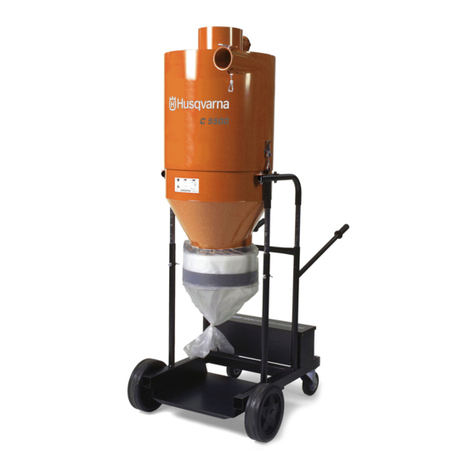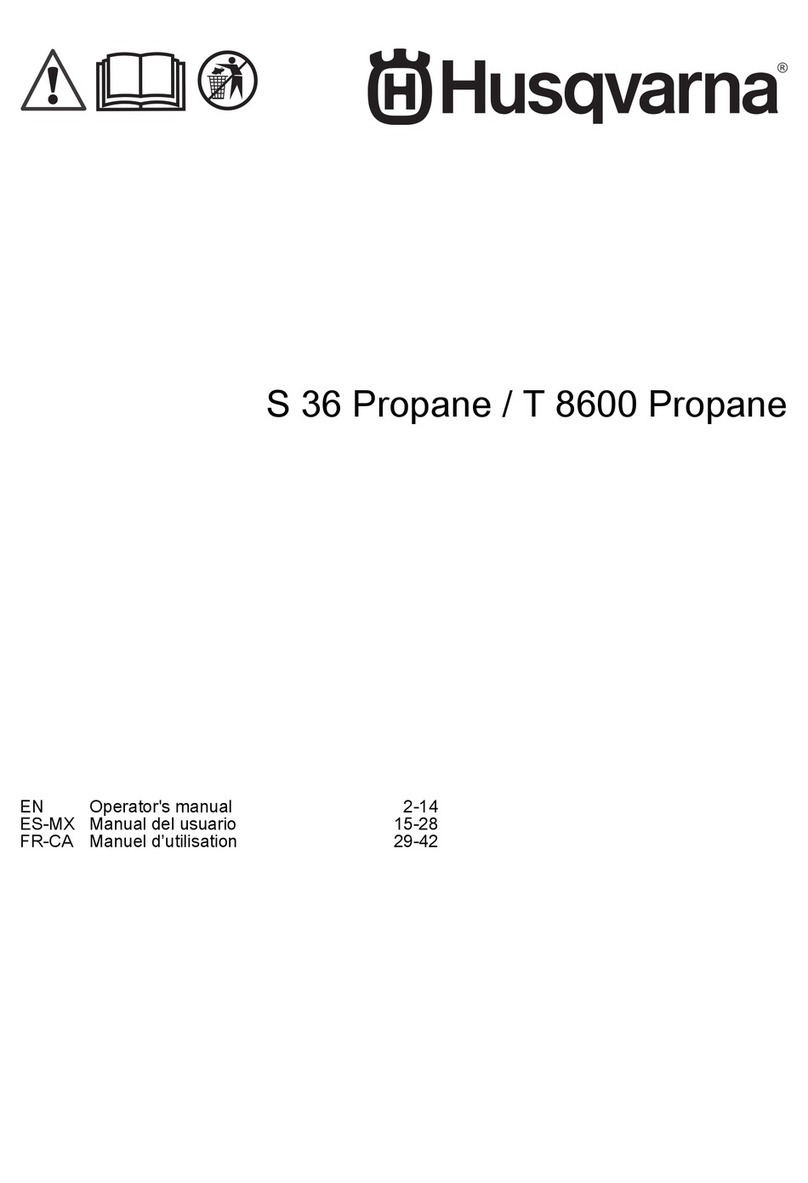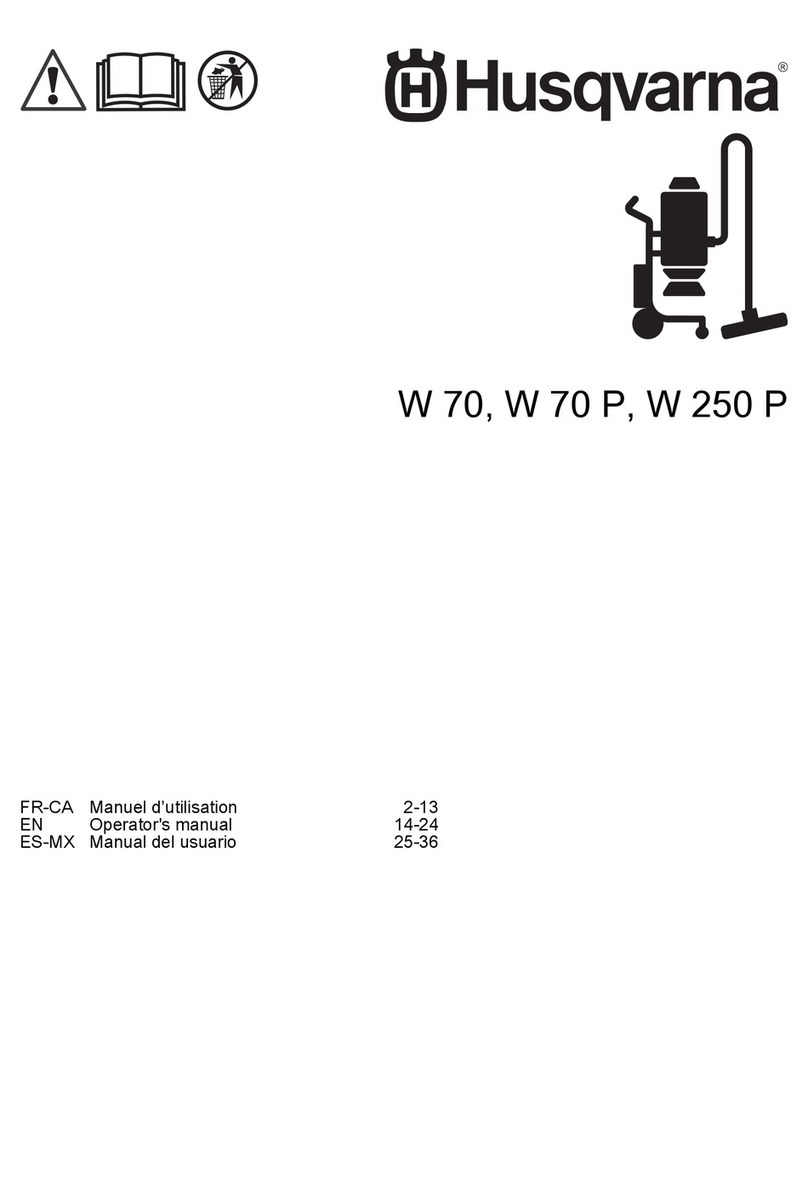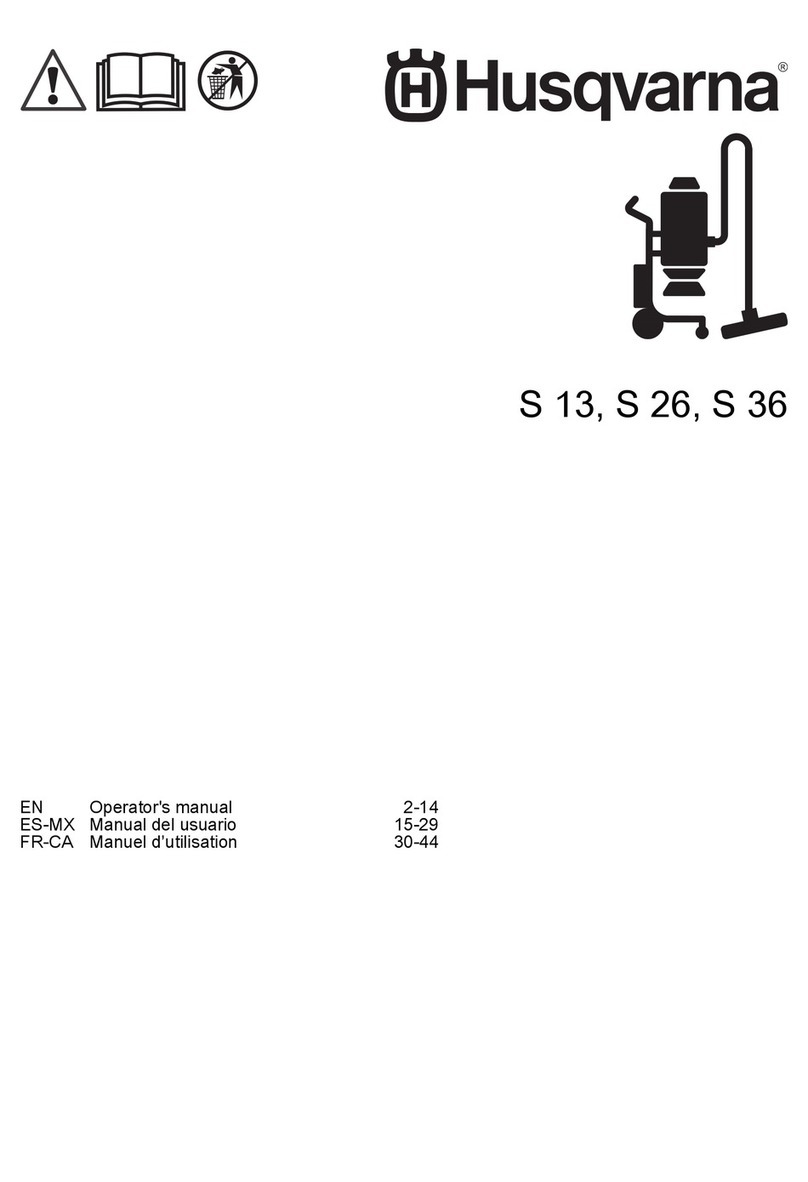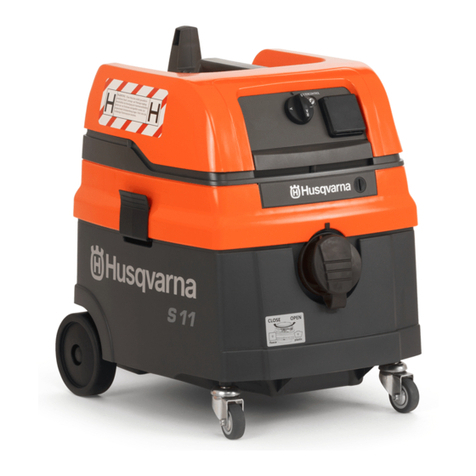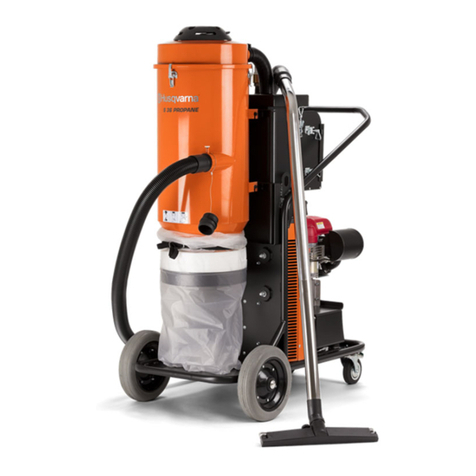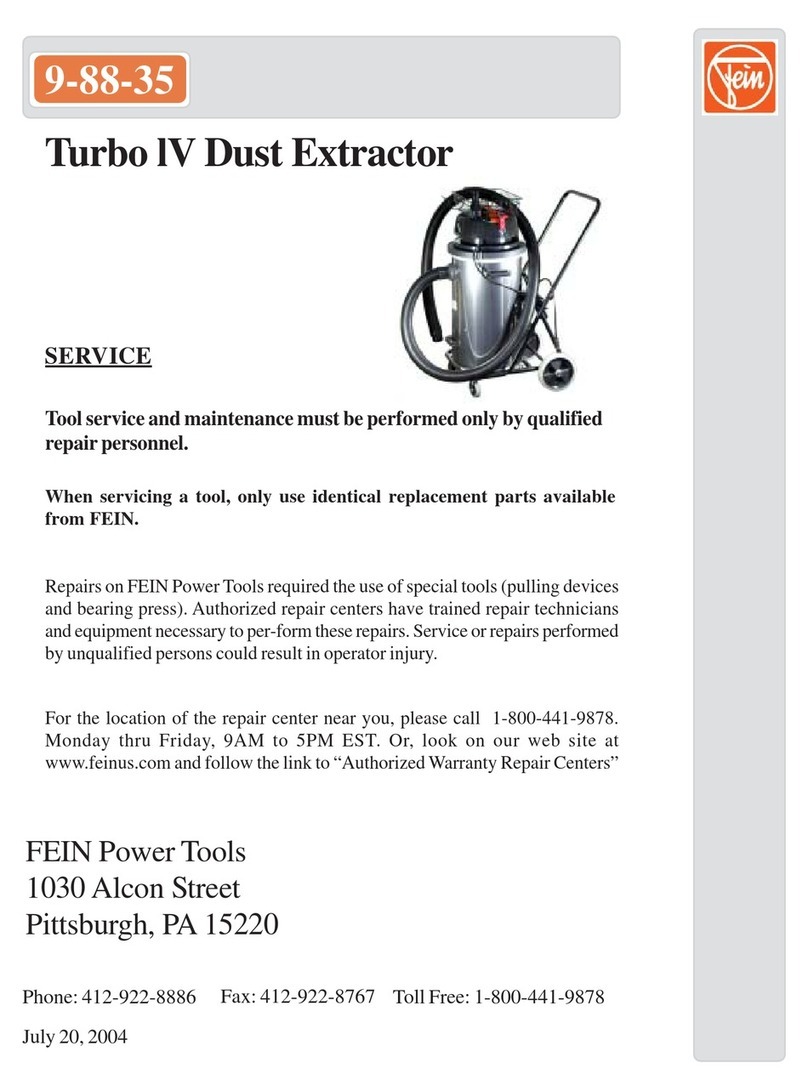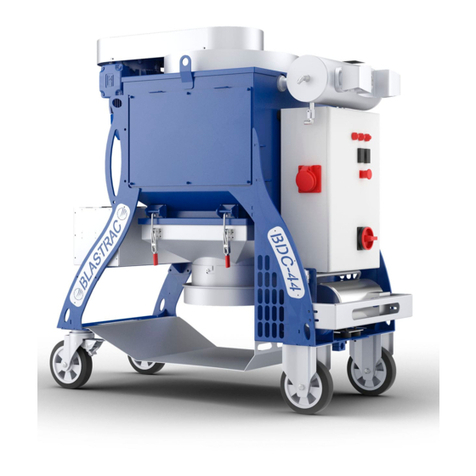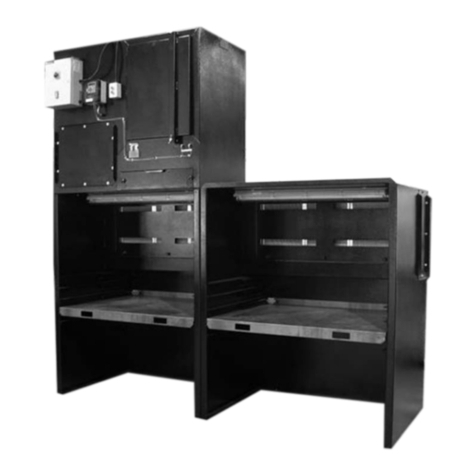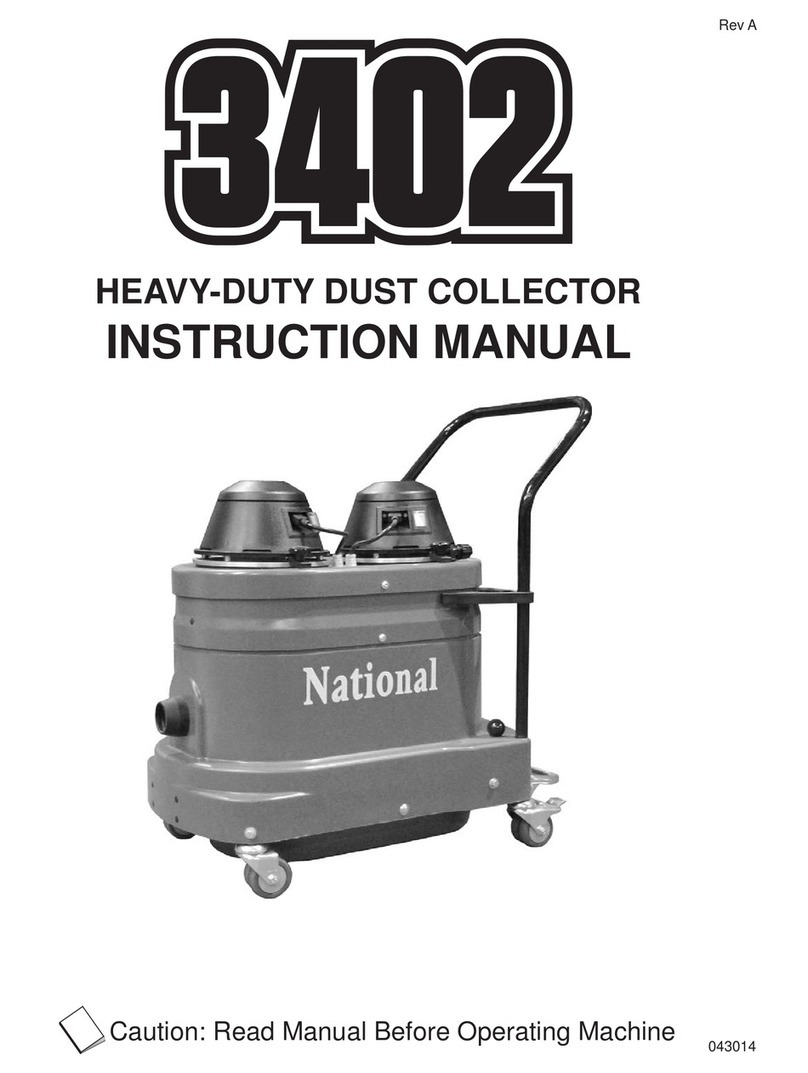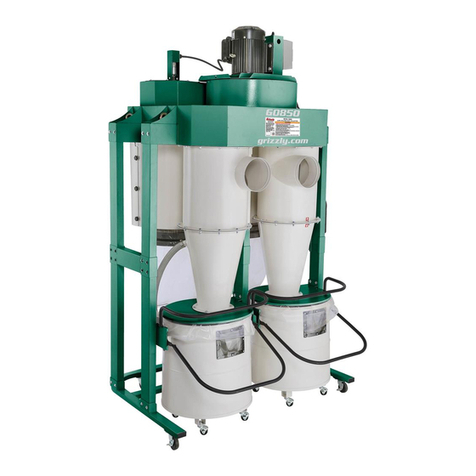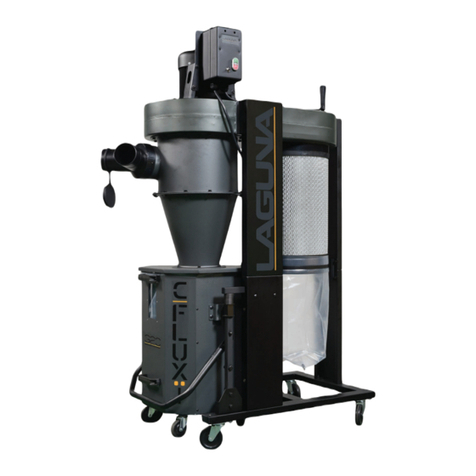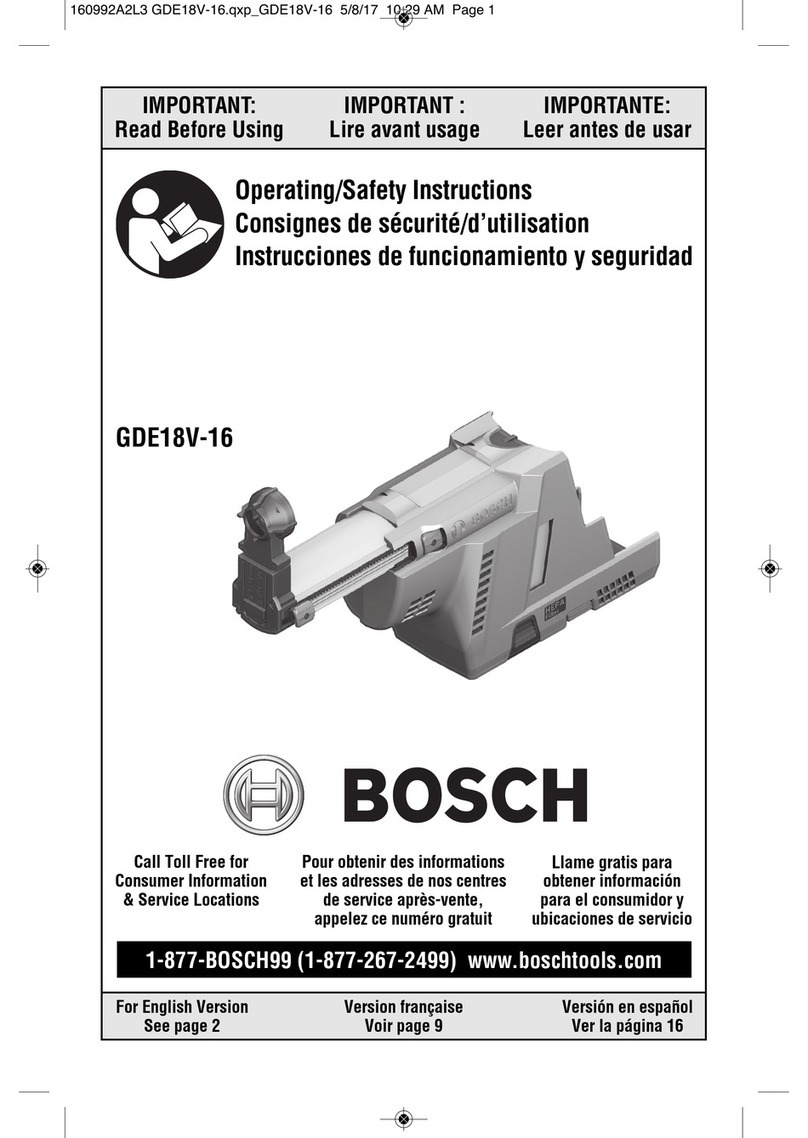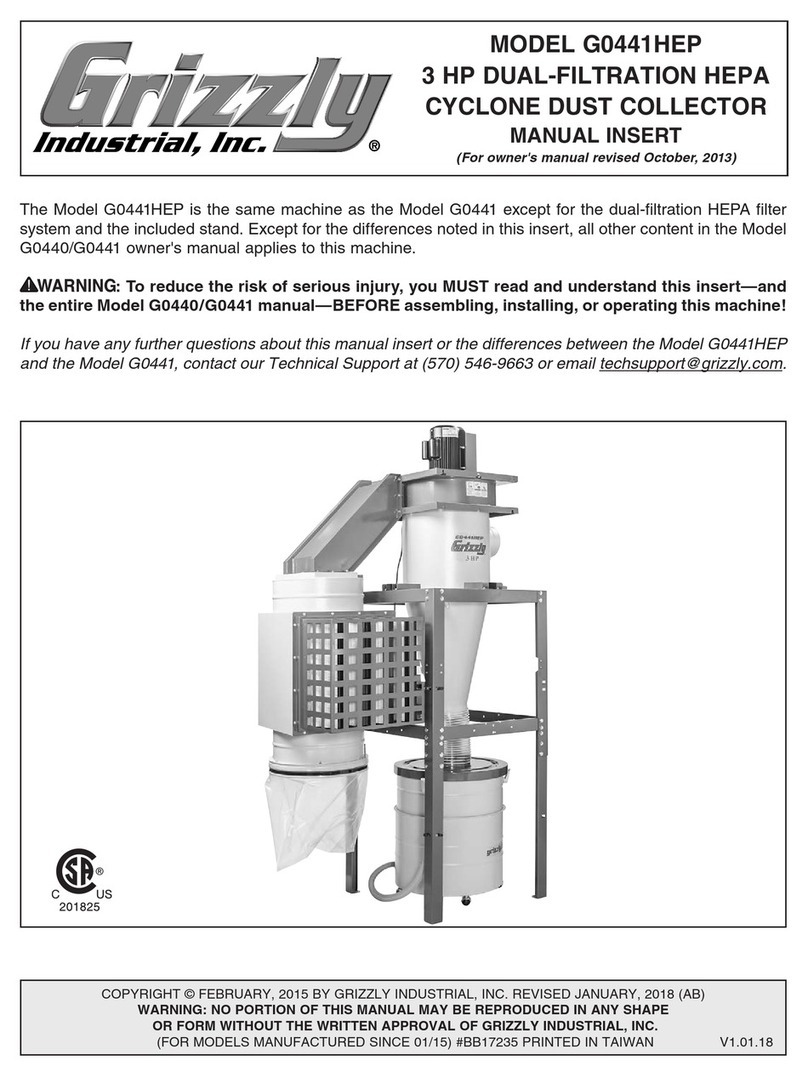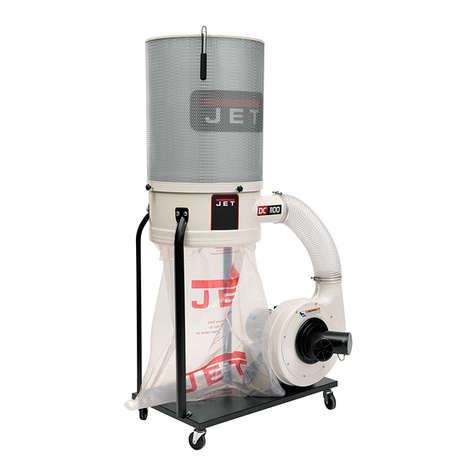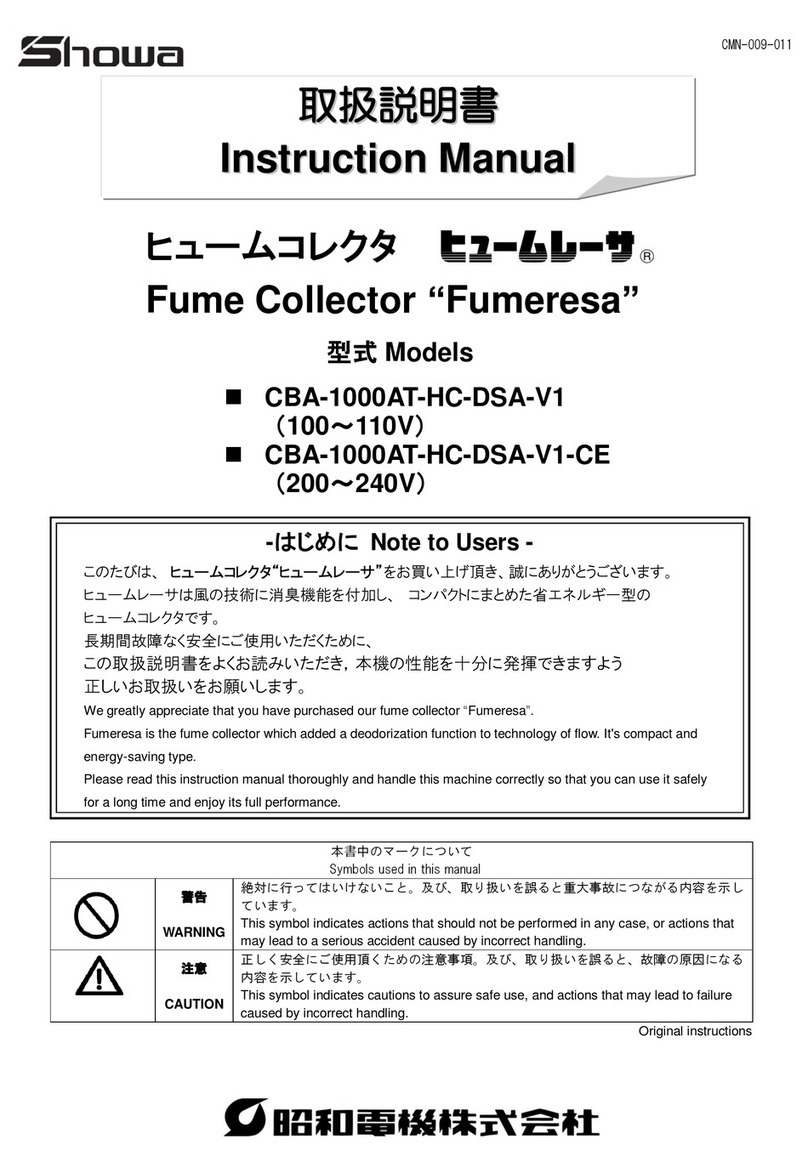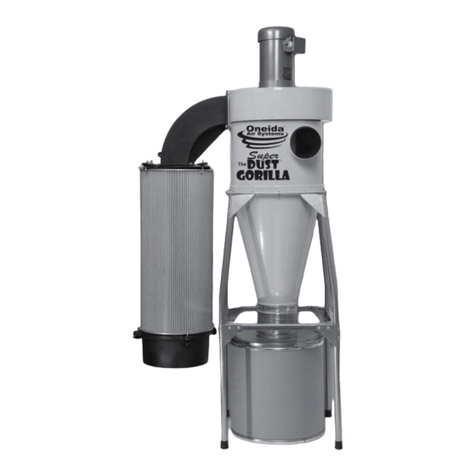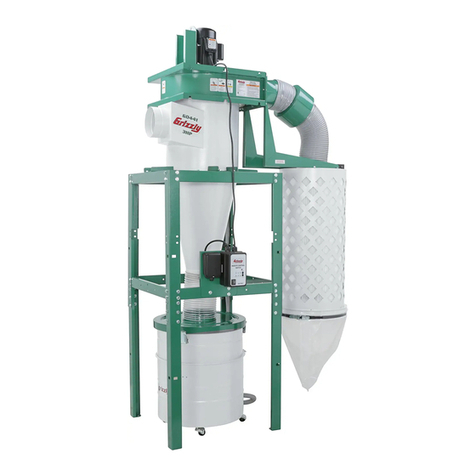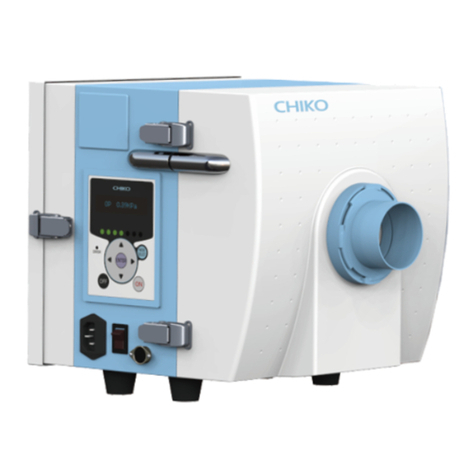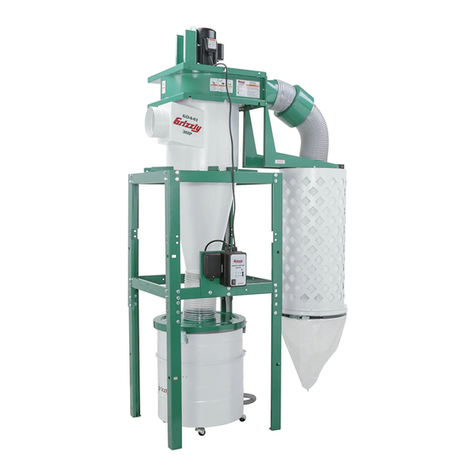
– 1
Lesen Sie vor der ersten Benut-
zung Ihres Gerätes diese Origi-
nalbetriebsanleitung, handeln Sie danach
und bewahren Sie diese für späteren Ge-
brauch oder für Nachbesitzer auf.
– Vor erster Inbetriebnahme Sicherheits-
hinweise Nr. 5.956-249 unbedingt le-
sen!
– Bei Nichtbeachtung der Betriebsanlei-
tung und der Sicherheitshinweise kön-
nen Schäden am Gerät und Gefahren
für den Bediener und andere Personen
entstehen.
– Bei Transportschaden sofort Händler
informieren.
Gefahr
Für eine unmittelbar drohende Gefahr, die
zu schweren Körperverletzungen oder zum
Tod führt.
몇Warnung
Für eine möglicherweise gefährliche Situa-
tion, die zu schweren Körperverletzungen
oder zum Tod führen könnte.
몇Vorsicht
Hinweis auf eine möglicherweise gefährli-
che Situation, die zu leichten Verletzungen
führen kann.
Achtung
Hinweis auf eine möglicherweise gefährli-
che Situation, die zu Sachschäden führen
kann.
몇Warnung
Das Gerät ist nicht für die Absaugung ge-
sundheitsschädlicher Stäube geeignet.
– Dieser Sauger ist zur Nass- und Tro-
ckenreinigung von Boden- und Wand-
flächen bestimmt.
– Dieses Gerät ist für den gewerblichen
Gebrauch geeignet, z.B. in Hotels,
Schulen, Krankenhäusern, Fabriken,
Läden, Büros und Vermietergeschäf-
ten.
Inhaltsverzeichnis
Umweltschutz . . . . . . . . . . . . . DE 1
Gefahrenstufen . . . . . . . . . . . . DE 1
Bestimmungsgemäße Verwen-
dung . . . . . . . . . . . . . . . . . . . . DE 1
Geräteelemente . . . . . . . . . . . DE 2
Inbetriebnahme . . . . . . . . . . . . DE 2
Bedienung. . . . . . . . . . . . . . . . DE 3
Transport. . . . . . . . . . . . . . . . . DE 4
Lagerung. . . . . . . . . . . . . . . . . DE 4
Pflege und Wartung . . . . . . . . DE 4
Hilfe bei Störungen . . . . . . . . . DE 4
Garantie . . . . . . . . . . . . . . . . . DE 5
Zubehör und Ersatzteile . . . . . DE 5
EG-Konformitätserklärung . . . DE 6
Technische Daten . . . . . . . . . . DE 7
Umweltschutz
Die Verpackungsmaterialien
sind recyclebar. Bitte werfen Sie
die Verpackungen nicht in den
Hausmüll, sondern führen Sie
diese einer Wiederverwertung
zu.
Altgeräte enthalten wertvolle re-
cyclingfähige Materialien, die ei-
ner Verwertung zugeführt wer-
den sollten. Batterien, Öl und
ähnliche Stoffe dürfen nicht in
die Umwelt gelangen. Bitte ent-
sorgen Sie Altgeräte deshalb
über geeignete Sammelsyste-
me.
Gefahrenstufen
Bestimmungsgemäße
Verwendung
7DE
